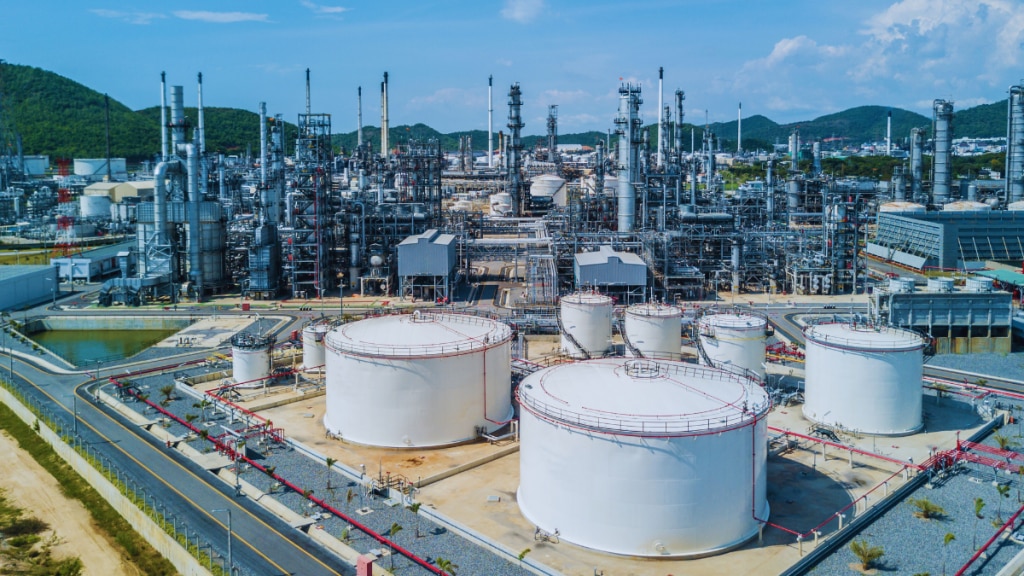India Inc’s revenue is likely to have grown by up to 6 per cent in Q2 FY26, says a Crisil report. However, the operating profit margins compressed by up to 0.60 per cent during the July-September period on a YoY basis, the report added.
“Corporate revenue is expected to have grown a modest 5-6 per cent on-year in the July-September quarter, following underwhelming performance of the power, coal, information technology services and steel sectors,” the Crisil report says.
The agency, which analysed the performance of 600 companies, said companies in the sectors posting slower growth account for a third of the overall revenue.
The report added that, on a quarter-on-quarter basis, revenue growth during the July-September period is expected to be one percentage point higher than in the preceding June quarter.
Sector-wise performance
Continuing geopolitical uncertainties weighed on the IT services sector, with project deferrals likely limiting revenue growth to 1 per cent. In the steel sector, revenue is expected to have grown moderately by 4 per cent year-over-year, despite a 9 per cent volume increase, due to a decline in steel prices.
The power sector’s revenue likely grew by a mere 1 per cent, affected by a surge in hydro-generation due to the monsoon being 108 per cent of the long-term average and a 10 per cent rise in renewable energy generation, which led to reduced demand for coal generation. As a result, the coal sector’s revenue growth was likely flat.
The cement sector likely rebounded with an 8 per cent revenue growth following a 6-7 per cent on-year increase in volume, driven by a low base and pre-festival demand, the report said. The pharmaceutical sector is expected to have grown 8 per cent, driven by export demand and stable domestic market conditions.
“The rationalisation of goods and services tax rates created anticipation of new stock with lower prices, causing a temporary disruption in segments such as passenger vehicles and fast-moving consumer goods (FMCG). As a result, retailers and distributors delayed FMCG purchases, while high inventory levels and sluggish retail sales affected demand for passenger vehicles in Q2,” Crisil Intelligence’s director Pushan Sharma said.
Sharma said the rural economy received a boost from a copious monsoon, and farmer sentiment also improved after the government announced higher minimum support prices for kharif crops, which drove up sales of tractors and two-wheelers.
Revenue of tractor makers likely surged 36 per cent, driven by a 31 per cent increase in volume, while two-wheeler revenue is expected to have grown 9 per cent, led by a 6 per cent increase in volume, Sharma added.
Telecom services revenue likely grew 7 per cent in Q2 because of higher realisations on account of costlier subscription plans, even as subscriber growth was flat, it said.
Squeezing margins
From a profitability perspective, the companies struggled to fully pass on incremental costs in the automobile, pharmaceuticals and aluminium sectors, and the operating profit margin likely fell 0.50-1 per cent in Q2.
Elaborating on its profitability compression expectations, the agency stated that the automobile sector’s margins are expected to have contracted by 1.50-2 per cent year-over-year due to the continued rise in aluminium prices, which increased by 11 per cent.
Margins for the aluminium sector are likely to be moderated by 1-1.5 per cent on lower export realisations on account of lower regional premiums.
In the pharmaceutical sector, margins are expected to have contracted by 1.5-2 per cent due to pricing pressure on existing products, which face higher competition in export markets compared to newly launched products.
The cement, steel, and telecom services sectors are likely to have expanded their profit margins during the quarter, the report said.

